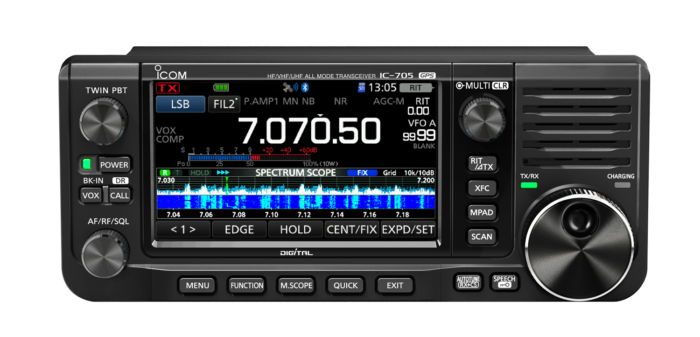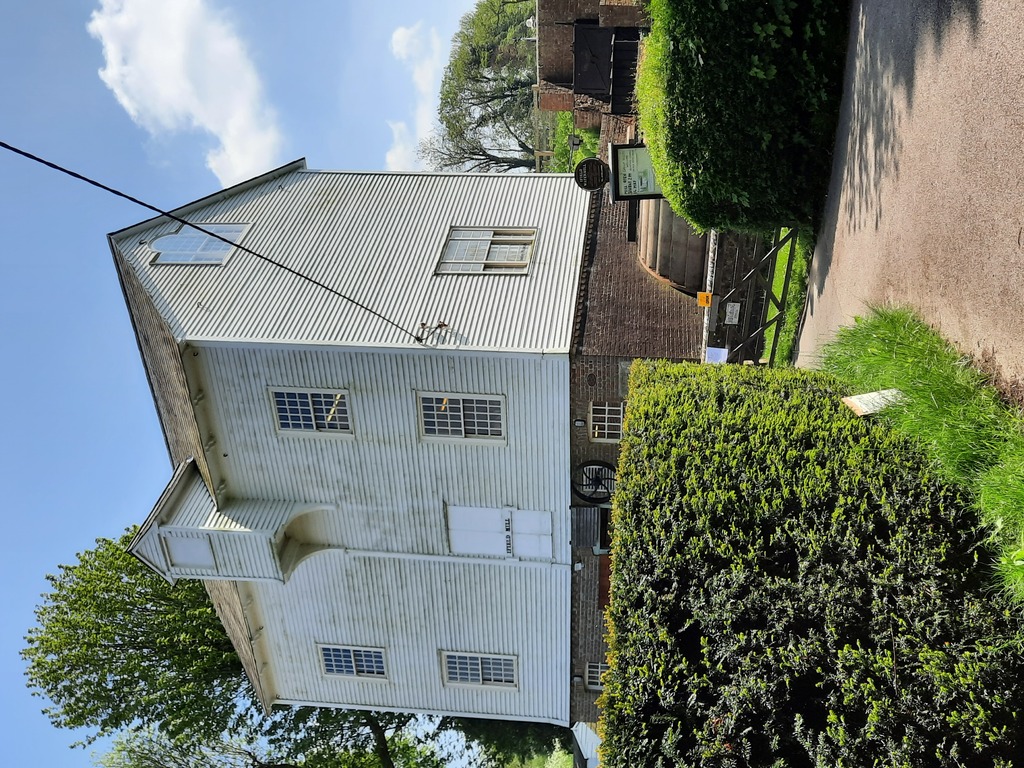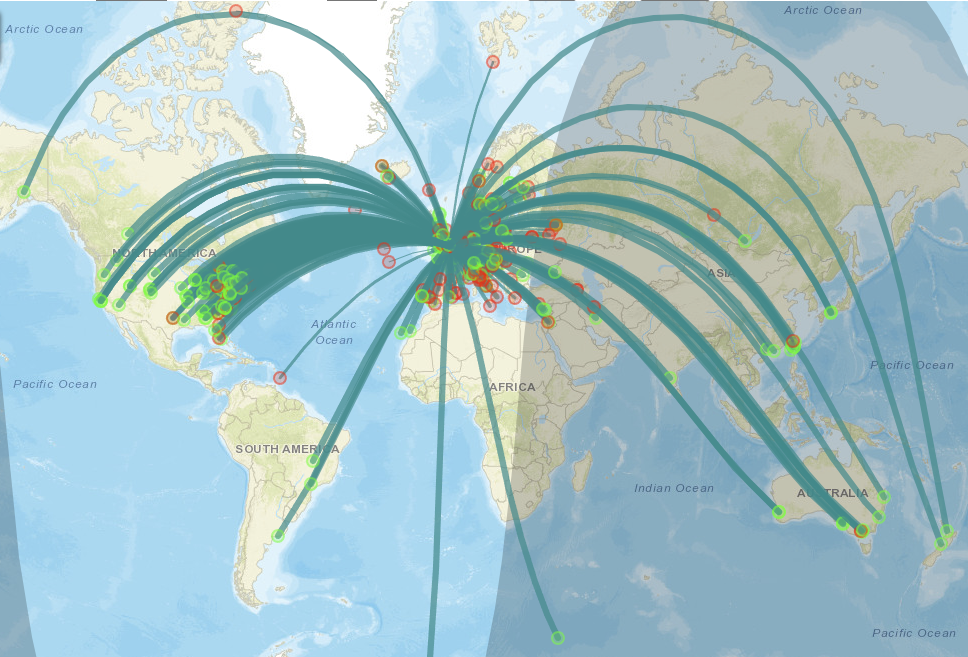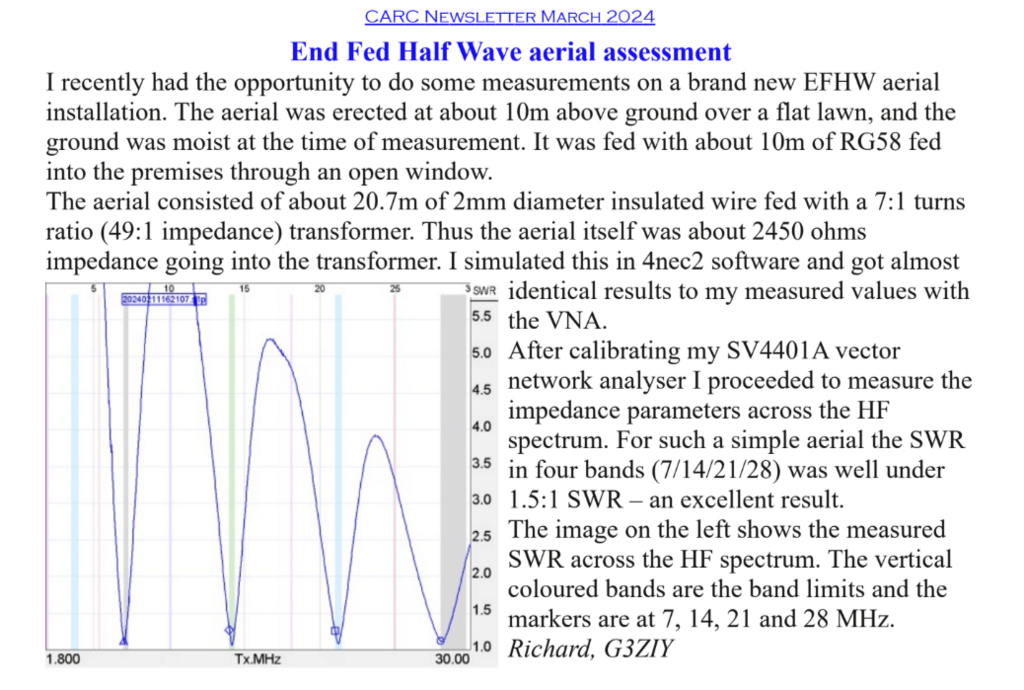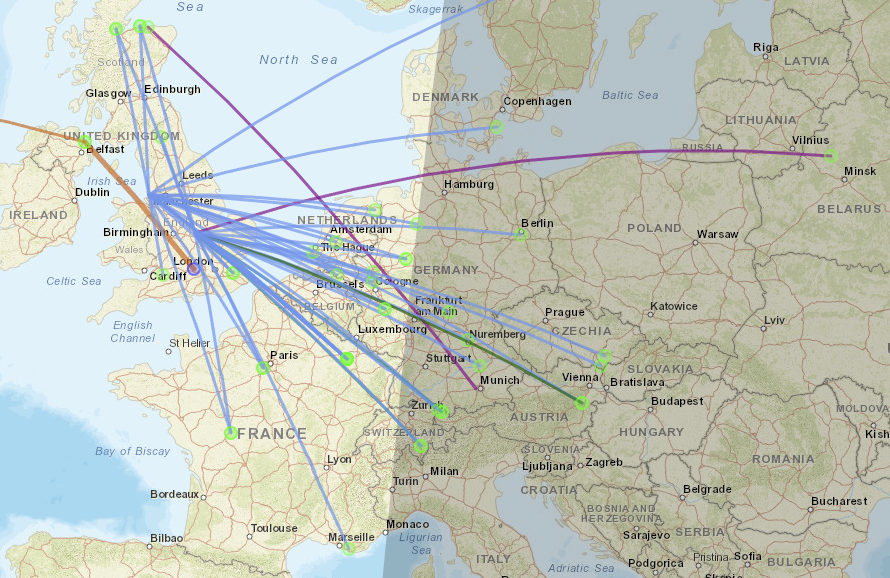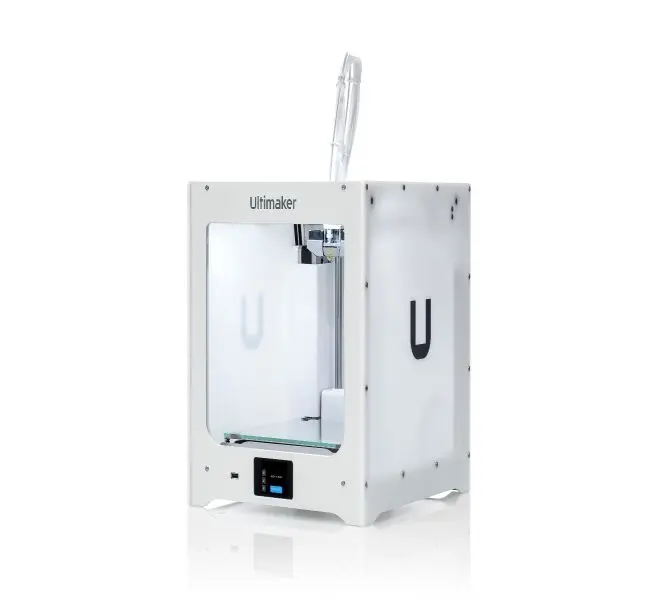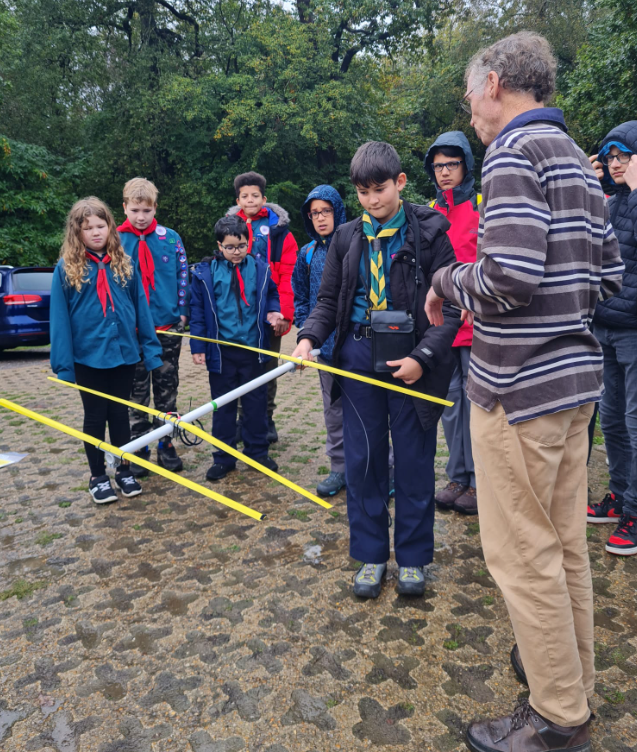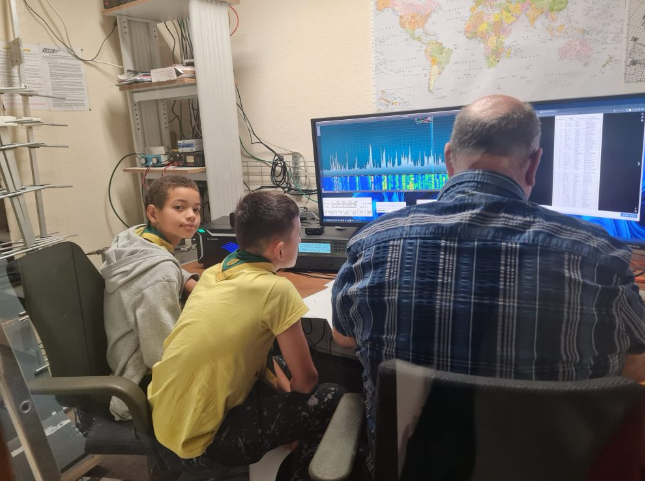CARC is an RSGB Brickworks accredited club. Brickworks is an exciting and fun way to build on what you have learned on your Foundation Course. It enables you to learn more about your new hobby, build your confidence, gain a greater understanding of how to get the best out of your equipment and enjoy new experiences.
By being an accredited club, CARC shows that it is committed to helping all licensed amateur radio operators discover what the hobby has to offer. Brickworks Accredited Clubs are welcoming and friendly places that will support both those new to the hobby, and those who are already licensed, who want to explore the hobby more fully. We will give you advice, guidance, and help. CARC will work with their Brickworks participants and provide them with a refuge when things go a little wrong. It’s the scheme that we all wish had been in place when we were newly licensed.
Brickworks consists of 23 varied activities centred around five themes. You can find more details here.
Although Brickworks is primarily aimed at newly licenced Foundation licence holders, its open to any radio amateur. If you are interested in learning more please contact Richard G3ZIY.
You can find more details on the RSGB website.

